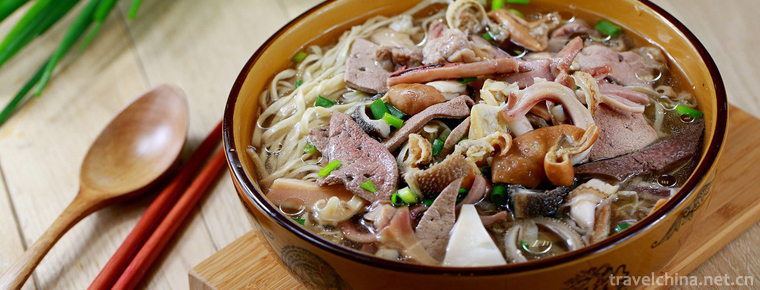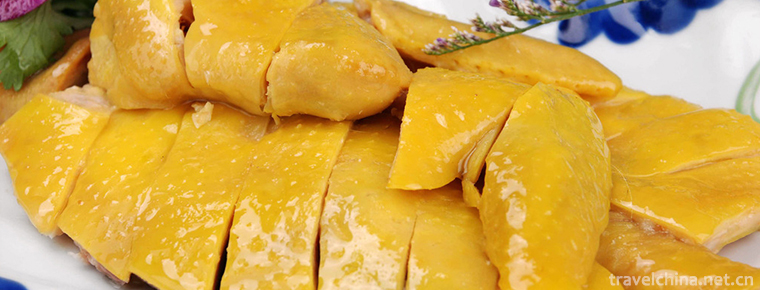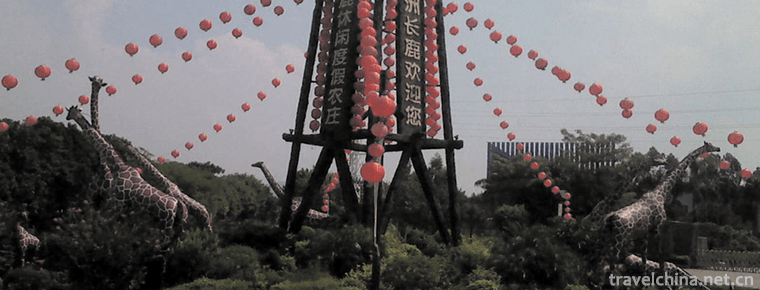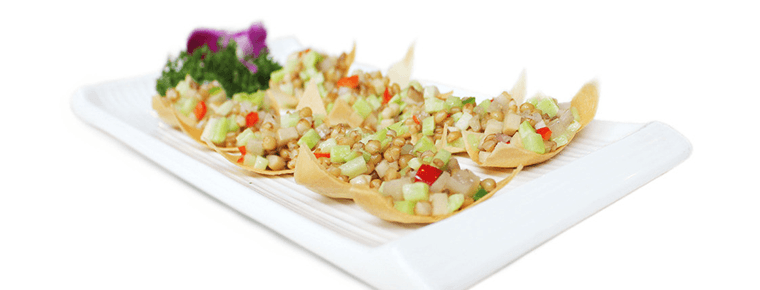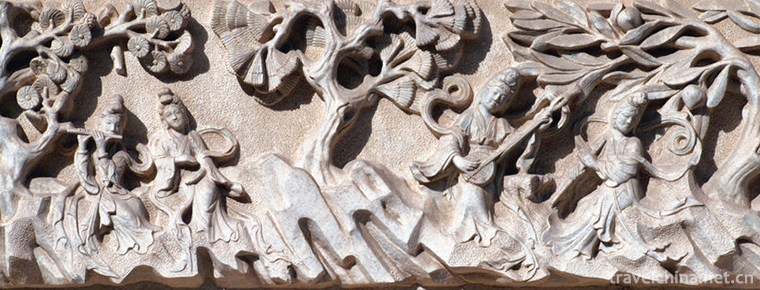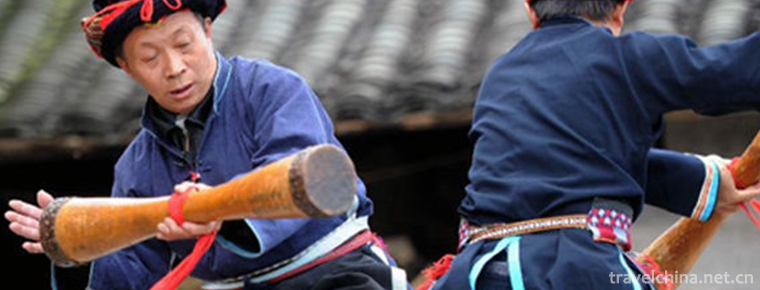Korean Dongxiao Music
Korean Dongxiao Music
The Koguryo History Music Records records that Dongxiao belonged to the musical instruments of the Tang Dynasty in China. During the period of Shizong in the Li Dynasty, it was introduced from West Asia to the Korean Peninsula via China. It is a unique and most representative traditional instrument of the Korean nationality in China. It has a history of 1500 years. According to historical records, in the middle of the fourth century, Gaogouli murals, there have been scenes of playing "Xiao" as an instrument. Since the 14th century, Xiao has been improved into Dongxiao and used in music practice. It has gradually become a traditional instrument of the Korean nation.
On June 7, 2008, Korean Dongxiao Music was approved by the State Council to be included in the second batch of national intangible cultural heritage list.
historical origin
As one of the most popular instruments among Korean people, Dongxiao (also known by scholars as tube xiao) plays an important role in the inheritance and dissemination of Korean folk music with its unique tone, performance style and artistic style. However, from the perspective of academic research of ethnomusicology, it has not attracted enough attention for a long time. This paper analyses and summarizes the characteristics, social functions and background of such musical cultural phenomena. On the basis of collecting data and field investigation as widely as possible, it combs and studies Korean Dongxiao and Dongxiao music with the research methods of Ethnology and musical morphology. The Dongxiao music and its folk activities in Mijiang Township of Hunchun City in Yanbian Korean Autonomous Prefecture of Jilin Province were investigated in detail. Through investigation and comprehensive study of literature, this paper traces the Korean national origin and Dongxiao music, and takes "Dongxiao Township" of Mijiang River as a typical case, the characteristics of Korean Dongxiao music.
artistic characteristics
In June 2008, Korean Dongxiao music was listed in the second batch of national intangible cultural heritage list.
Korean folk music, with its distinct characteristics, is unique in the music of ethnic minorities in China. It keeps the national style well and shows its tenacious vitality. However, with the development of society, like many other forms of folk music in China, the survival and development of Korean folk music is also facing unprecedented severe test.
Inheritance significance
Mijiang Township in Hunchun City is a well-known "Korean Dongxiao Township". Korean Dongxiao Art was listed in the national intangible cultural heritage list in 2008, and was awarded the title of "Town of Chinese Folk Culture and Art" by the Ministry of Culture of the People's Republic of China, and then awarded the title of "Town of Chinese Korean Dongxiao Art" by the Association of Chinese Folk Literators and Artists.
In order to further enhance the cultural atmosphere and influence of Mijiang Township and promote the construction of spiritual civilization in the whole town, Mijiang Township spontaneously organized Dongxiao fans to learn Dongxiao, practice popular tunes and rehearsal programs, and established a Dongxiao Association composed of more than 70 members. Mijiang Village, Mijiang Township, has a resident force. The development history of Mijiang Village is always linked with this force. In 1996, the village and the army formally formed a military-civilian co-construction unit. With concerted efforts, the village actively carried out activities such as rural grass-roots organization construction, new rural construction, poverty alleviation and poverty alleviation. Teacher Li Jisong, a provincial inheritor of intangible cultural heritage, went into the barracks and organized officers and soldiers to learn Korean Dongxiao culture. The officers and soldiers of the army changed their curiosity to love Dongxiao music. They practised diligently in their spare time. In less than two months, they played a popular Korean folk song "Alirang". The team's enthusiasts said that the Dongxiao is a very attractive traditional Korean musical instrument, greatly enriching the spiritual and cultural life of the army, they will continue to practice the Dongxiao performance, carefully rehearse programs, and perform in festival activities.
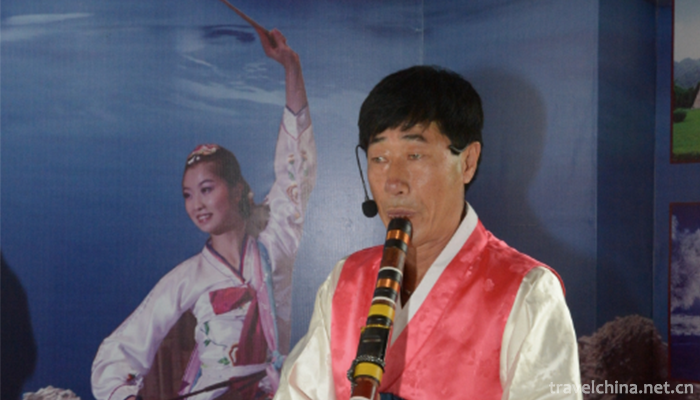
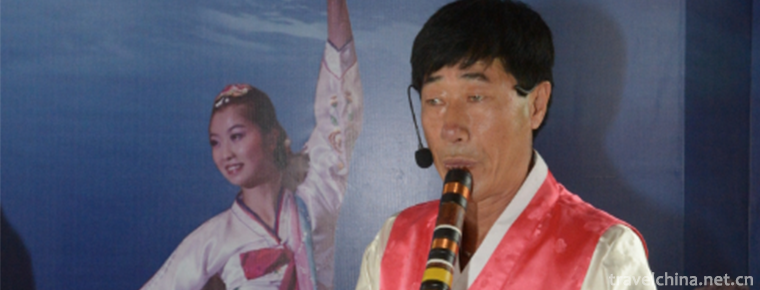
Korean Dongxiao Music
-
Pig liver Noodles
made from noodles, pig bones, fresh pig liver and other main ingredients
Views: 282 Time 2018-10-12 -
White cut chicken
White cut chicken, also known as white cut chicken, is the most common dish in Guangdong cuisine. It is a kind of chicken dipping. Its characteristics are simple and easy to prepare, without batching
Views: 260 Time 2018-11-02 -
Chuanlord Tourism & Leisure EXPO Park
Chuanlord Tourism & Leisure EXPO Park ,Changlu Tourism Xiubo Park, or Changlu Environmental Protection Holiday Farm (hereinafter referred to as "Changlu Farm")
Views: 518 Time 2018-12-12 -
Yanmenguan Scenic Area
Yanmenguan Scenic Spot is located in the northern part of Daizhou ancient city. South-controlled Central Plains and North-controlled Moyuan are grand military defense projects of ancient Chinese passe
Views: 157 Time 2019-03-01 -
Sea cucumber with eight treasures
Babao sea cucumber is a traditional dish in Yichang City, Hubei Province. "Babao" means ham, hoof tendons, chicken, winter bamboo shoots, shrimp, mushrooms, lotus seeds and water chestnut; i
Views: 178 Time 2019-03-25 -
Mongolian Topshore Music
Topshore is a unique short-necked woody plucked string instrument of Mongolian nationality in Xinjiang. It is beautiful in shape, simple in manufacture, graceful in timbre and easy to carry. It is esp
Views: 340 Time 2019-06-04 -
stone carving
Stone carving refers to the use of various carvable and carvable stones to create a visible and touchable artistic image with a certain space, in order to reflect social life, express the artist's aes
Views: 248 Time 2019-06-15 -
Long Drum Dance of Yao Nationality
Chinese Yao folk dance. Popular in Guangdong, Guangxi, Hunan and other provinces where Yao people live together, most of them perform on traditional Yao festivals, harvest celebrations, relocation or
Views: 262 Time 2019-07-11 -
Han Feizi
Han Feizi is a collection of works of famous thinkers and Legalists Han Fei during the Warring States period. Han Feizi was compiled by posterity after Han Fei's death. According to hanshuyiwenzhi &qu
Views: 109 Time 2019-09-07 -
Jinhua Alsophila Nature Reserve
Jinhua Alsophila spinulosa nature reserve is a provincial nature reserve approved by Sichuan Provincial People's Government in 1987. In sifangjinggou, Jinhua Township, 48 kilometers southwest of Rongxian City
Views: 170 Time 2020-10-15 -
Zhuokeji chieftains official village
Zhuokeji chieftain's village is located in xisuo village, zhuokeji Town, 7 km away from malkang county. The village was built in 1718 in the reign of Emperor Qianlong of the Qing Dynasty. It was a four story blockhouse. It was destroyed in the fire in 1936. From 1938 to 1940, the Tusi Suo Guanying organized human resources to rebuild it.
Views: 315 Time 2020-11-07 -
Main scenic spots in Meishan
Jiulongshan Forest Park is located in the southwest of Sichuan Province, in Yangchang Town, Danling County, Meishan City, about 20km away from Danling county. It covers an area of 380 hectares, including 100 hectares of core scenic area. The a
Views: 161 Time 2020-12-18
